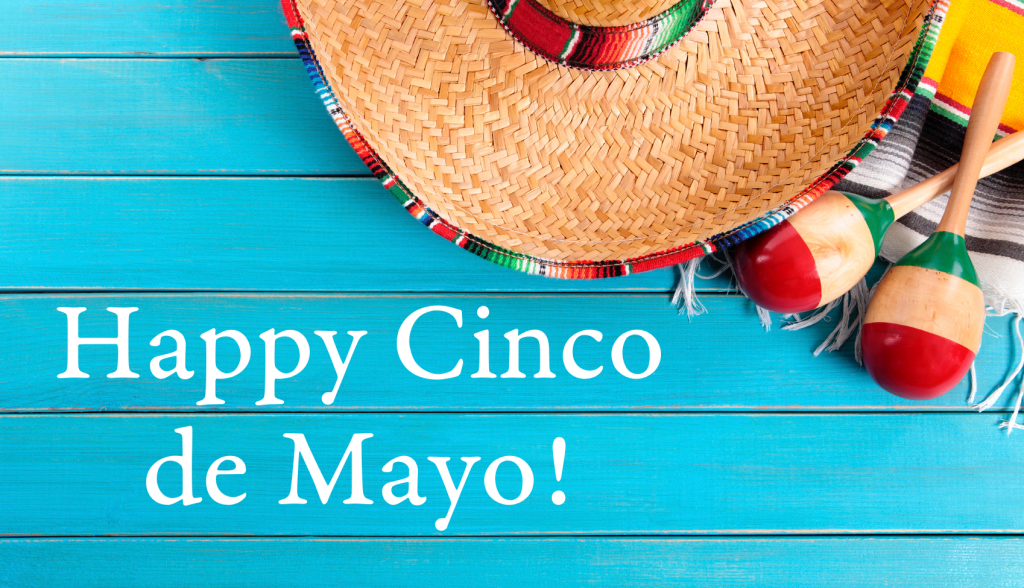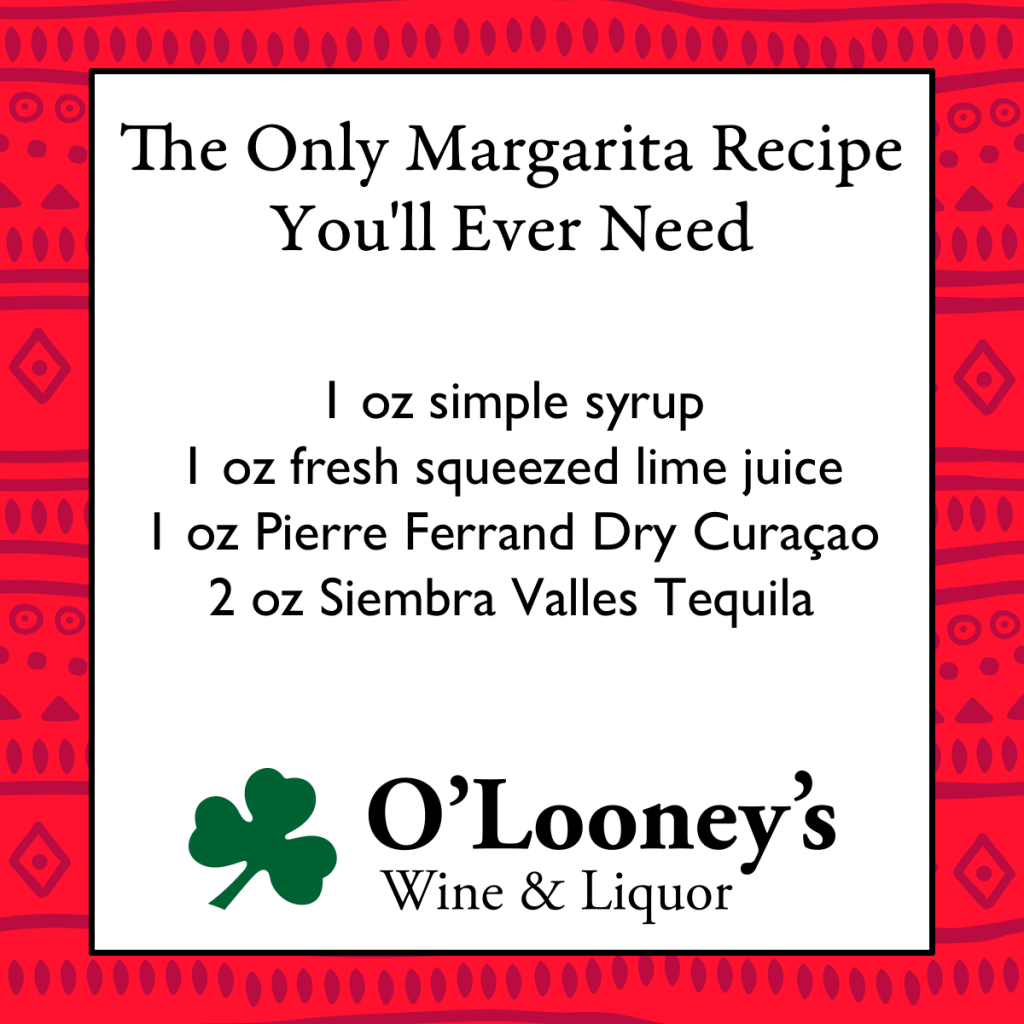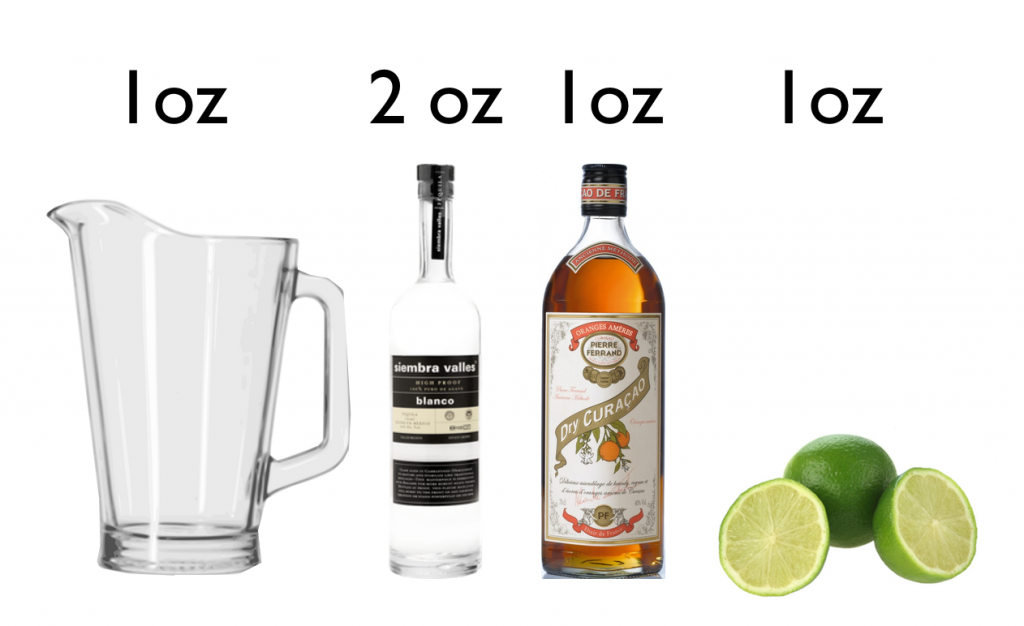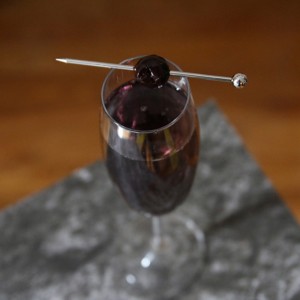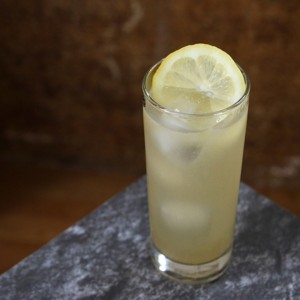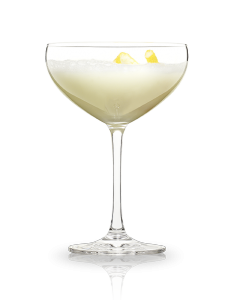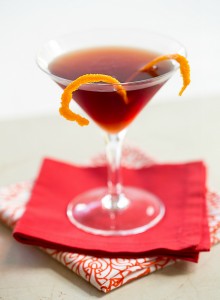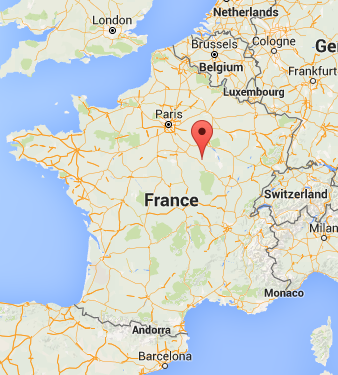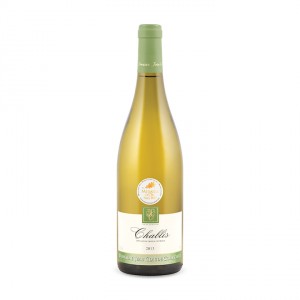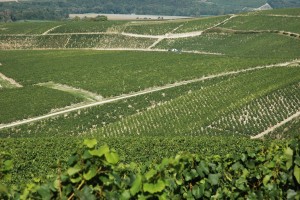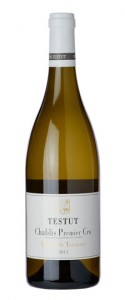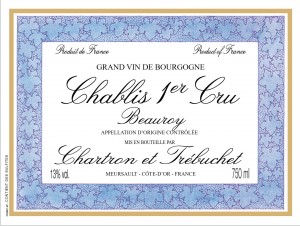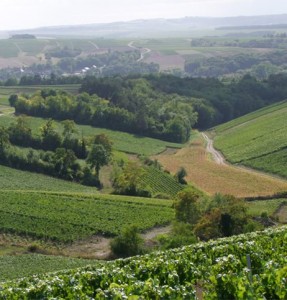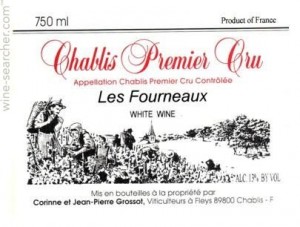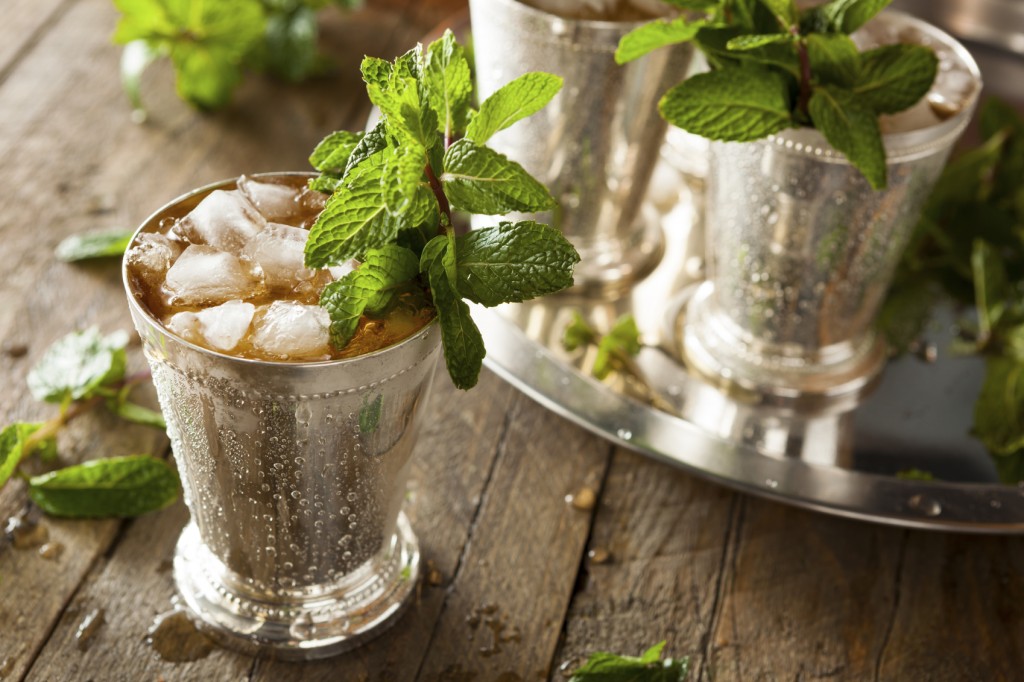
With the 142nd running of the Kentucky Derby drawing near, my mind is drawn to the most important part of race day: drinking. Specifically, racing makes me think Juleps. There’s nothing better on a hot day than this combination of bourbon, mint, sugar and crushed ice.
I love this drink because of the ritual that surrounds it. Every part of the experience has been thought out and refined over its long history. First, there is the silver cup, and then the crushed ice which makes the drink as cold as possible. The aroma is considered as well. You’ll often see a bartender clap the mint between their palms to release the mint’s aroma before topping the drink with it. A short straw is called for so that you smell the mint with every sip. Finally, tradition dictates that the drinker only touch the base or rim of the cup so as not to disturb the frozen crust of condensation.
Surprisingly, the julep can trace its history back over a thousand years. For most of that time, it was simply a type of medicine, usually a concoction of macerated flower petals and water. It wasn’t until the mid-eighteenth century that Americans began referring to their morning tipple as a “julep.” The juleps these colonial jokesters were having with breakfast were very different than the modern variation. Their cocktail contained rum instead of bourbon, only a sliver of mint, and water was called for instead of precious ice. From there, the drink grew with the new country, spreading with the colonies and adapting with the popular spirits of the day. Brandy and rye whiskey joined rum in the julep sooner than bourbon. Ice was added when possible, cut in giant blocks from frozen lakes in the north and shipped south and preserved by sawdust in ice houses. With the lack of air conditioning, the julep became America’s preferred method of staying cool. By 1938, when Churchill Downs began promoting the mint julep as the official drink of the Kentucky Derby, bourbon had become the only spirit called for.
Today I offer you a few recipes so that you can taste through a few centuries of the drink’s history.
Joe Redding’s Julep (1840)
1 oz Pierre Ferrand Ambre Cognac
1 oz Smith & Cross Rum
1 oz Kopke 10yr tawny port
1 oz raw sugar syrup
6-8 mint leaves
1 mint sprig for garnish
Prescription Julep (1857)
1 ½ oz Pierre Ferrand Ambre Cognac
½ oz Rittenhouse Rye
1 oz raw sugar syrup
6-8 mint leaves
1 mint sprig for garnish
Bourbon Mint Julep (Present Day)
2 oz Henry McKenna 10yr Bourbon
1 oz raw sugar syrup
6-8 mint leaves
1 mint sprig for garnish
Keegan’s Julep
1.5 oz Pierre Ferran Ambre Cognac
.5 oz Smith & Cross Rum
1 oz raw sugar syrup
6-8 mint leaves
1 mint sprig for garnish
All four recipes are prepared the same way. Take the mint in your hand and press it firmly with your thumb so that it releases its essential oil. Add the pressed mint leaves, spirit, and sugar to a mixing glass and stir with ice until well chilled. Pour the mixture over crushed ice in a julep cup. Top with more crushed ice so that it mounds above the rim of the cup. Take your mint sprig and clap it between your hands to release the aroma and nestle the sprig in the ice. At first, the flavor may be too intense but take your time. As the ice melts, it will mellow the flavor.

